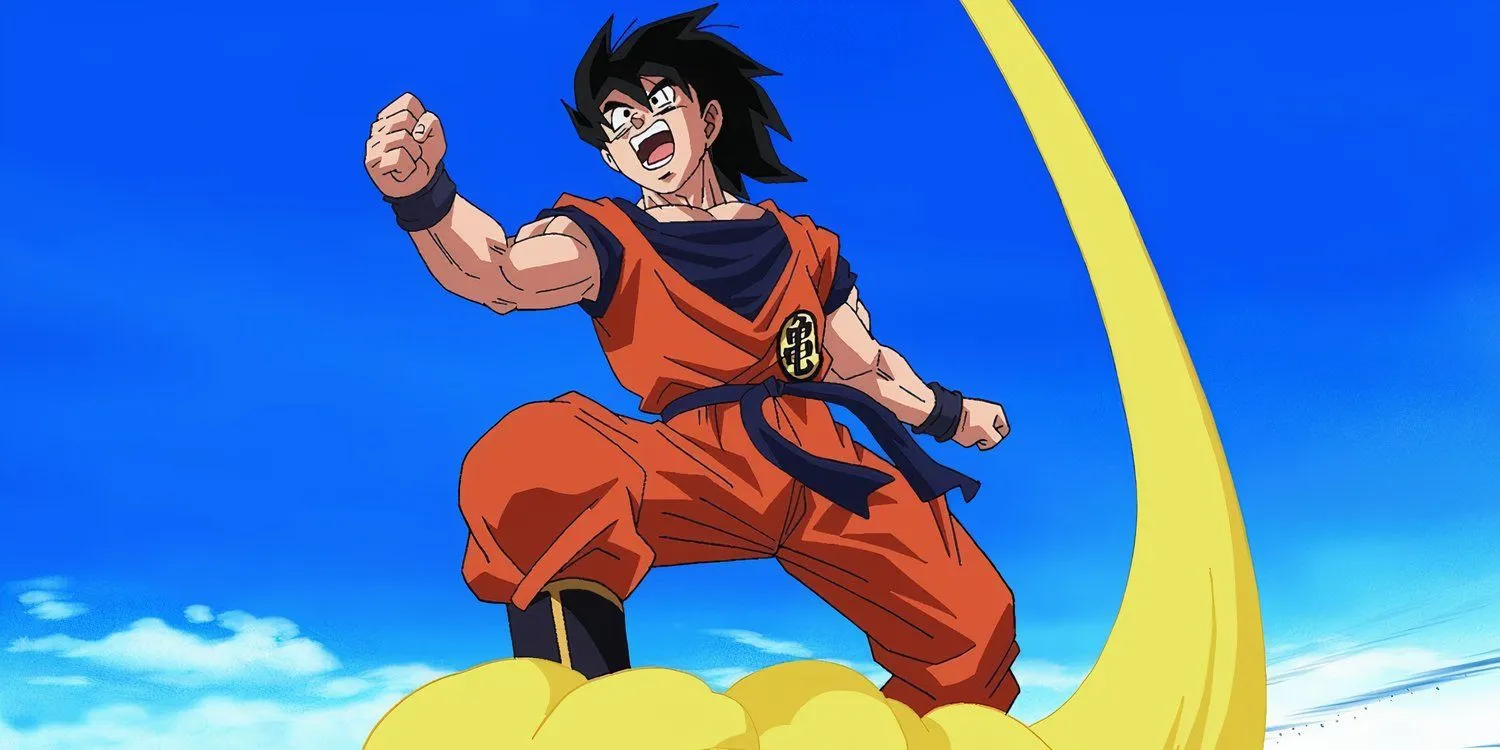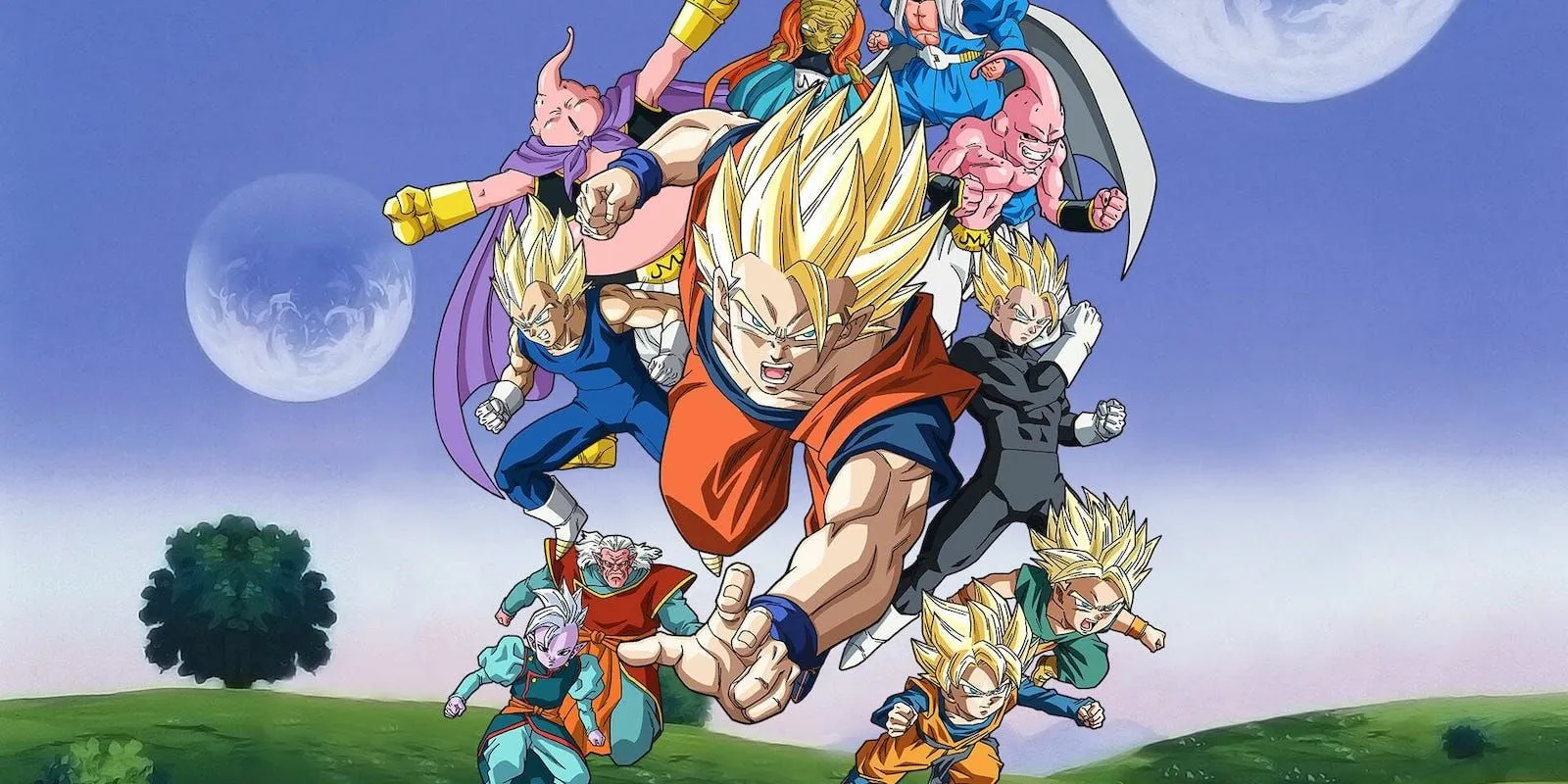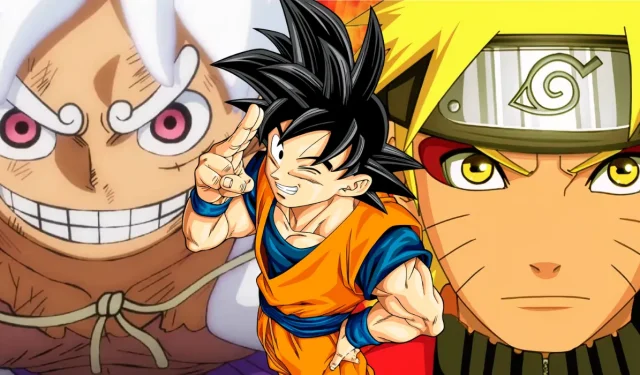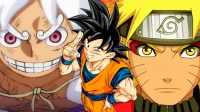One Piece and Naruto stand as monumental icons in the realm of shonen anime, captivating audiences for many years and leaving a profound mark on the anime industry. Both series have demonstrated an undeniable influence extending beyond their original contexts, inspiring countless new works. However, as these shows evolved into lengthy sagas with numerous episodes, the challenge of pacing emerged. The traditional weekly anime format often resulted in the shows catching up with their manga counterparts too quickly, leading to the insertion of filler episodes and arcs designed primarily to stall for time, frequently compromising narrative pacing and coherence.
Dragon Ball Z experienced a similar struggle, frequently relying on drawn-out scenes and non-canonical story arcs to avoid surpassing the manga. Remarkably, Toei Animation later took significant steps to rectify these issues with the release of Dragon Ball Z Kai, a reinterpretation that aimed to streamline the original series’ experience.
The Filler Overflow in Naruto and One Piece
A Breakdown of Filler Content: One Piece vs. Naruto

The reputation of filler episodes within anime is often less than favorable; however, not all filler content is devoid of merit. Certain arcs can present entertaining side stories, offer character development, or simply serve as lighthearted respites amidst intense narrative arcs. Despite this, both Naruto and One Piece are particularly notorious for the sheer quantity of filler content featured throughout their durations. Notably, Naruto was burdened with a lengthy two-year filler period before transitioning to Shippuden, while One Piece continues to integrate filler arcs and scenes even today.
The core issue lies not with fillers themselves but rather with their disruptive influence on the primary storylines. These filler arcs often interrupt emotional build-up and can dilute narrative pacing. In Naruto, filler storylines tend to surface following pivotal climactic moments, diminishing their emotional weight. While One Piece has fewer filler episodes, it similarly grapples with pacing issues. Fans of the manga appreciate a focused storyline, yet viewers who only watch the anime may find themselves navigating through aimless or repetitive content. This situation leads to a disjointed narrative experience and can weaken the emotional stakes involved in each series.
Addressing Filler: The Case of Dragon Ball Z Kai
Streamlined Storytelling: The Impact of Dragon Ball Z Kai

Dragon Ball Z Kai tackled the issues surrounding filler content directly. This reincarnation of the original series was not merely a remaster; it involved a comprehensive restructuring that removed nearly 100 filler episodes. By aligning the anime more closely with its manga roots, Kai succeeded in delivering a more engaging, faster-paced, and sharper narrative. Iconic arcs such as the Saiyan and Frieza Sagas resonate more profoundly without the interruption of excessive power-ups and detours, intensifying the stakes of the story.
The effectiveness of Kai arises from its dedication to the source material. It refrains from adding or altering Akira Toriyama’s work, resulting in a version of Dragon Ball Z that feels authentic and true to its origins. Unlike Naruto and One Piece, which rely on filler to manage scheduling, Kai illustrates that a reduction in filler can significantly enhance a series’ legacy, catering to an audience that increasingly expects fidelity to the original story.
The Double-Edged Sword of Filler
Gains from Reduction: A New Perspective for Naruto and One Piece

If both Naruto and One Piece were to follow the model set by Dragon Ball Z Kai, they could deliver a more authentic experience without sacrificing their distinct identities. Envision a version of Naruto devoid of its nearly three hundred filler episodes or One Piece streamlined to remove the superfluous scenes that disrupt its pacing. Both series possess a robust foundation of relatable characters and compelling themes, yet their storytelling often gets buried under excessive filler content aimed at prolonging airtime. A well-executed remastering could not only preserve what fans love but potentially amplify it.
In summary, while filler has the potential to enrich narratives by providing extra character exploration or lighter moments, excessive filler ultimately undermines plot coherence and emotional resonance. Dragon Ball Z Kai has demonstrated the benefits of minimizing non-canonical content, enhancing a story’s overall impact. As anime continues to gain traction, the audience’s appetite for faithful adaptations intensifies. Should Naruto and One Piece consider a Dragon Ball Z Kai-style remaster, it might not only solidify their legacies but also captivate both veteran fans and a new generation of viewers.


